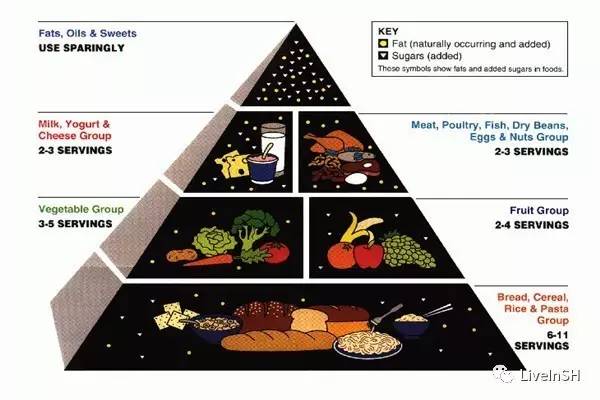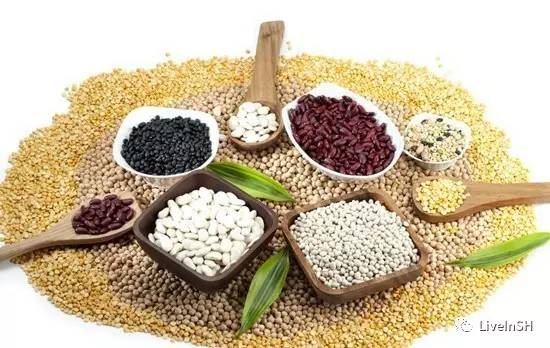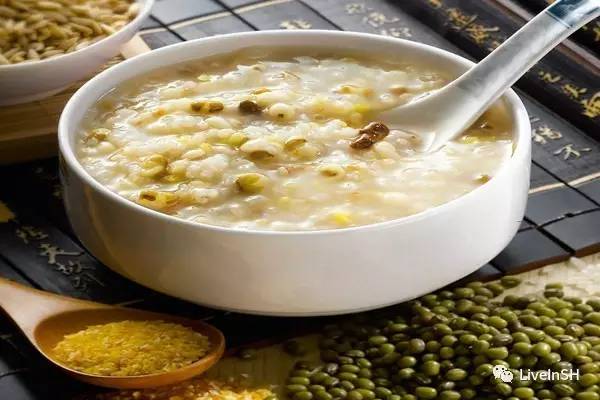Eat & Health—Whole Grains
How much you know about the nutrition? How to eat in a right way? Actually, we know little about it. But don’t worry, the Food Pyramid gives us a comprehensive understand of healthy diet.

The Food Pyramid is a common used practical guide that helps us know how to eat foods with appropriate volume to keep health. It is divided into four layers.The taller layer, the less we should eat. At the bottom are the basic food we need to eat most every day. Like porridge, flour, noodles, rice, and oatmeal. Today, I will mainly introduce the most important part in our daily meals——whole grains.

What are whole grains?
The whole grains are the grains that are not be fine refined or still remain husk, grain embryo, and aleurone layer after milling, grinding, or tabletting. The whole grains that we usually eat including whole wheat, brown rice, oats, corn, myotonin, sorghum, millet, buck wheat, rye etc.. And the whole grain products are also good ways to take in the nutrition of whole grains. Foods like whole grain bread, snacks, biscuit and so on.

What are the functions?
The whole grains are high nutrition foods, and rich in dietary fiber, vitamin B, vitamin E, phytosterol andphenolic, which is pretty good for preventing cardiovascular disease, reducing risk of cancer(especially the colon cancer) and diabetes, controlling weight and improving blood lipids.

How to eat right?
Cook grains with beans. Even if the grains owns rich nutrition, the amino acids content of cereal protein aminoacids composition is low. The mix of grains and beans plays complementary role of the protein well to improve the utilization rate of cereal protein.
Cook with soft fire like steaming or boiling are the best ways to maintain nutrition as much as possible. Do not fry or grill.
Washed frequently, soaked long time and high temperature of water are closely related to the losing of vitamin B1, vitamin B2, niacin and minerals. So keep time short and temperature low.

 (8621)54893781,64688888-801/810
(8621)54893781,64688888-801/810  info@renai.cn
info@renai.cn Chinese
Chinese








 沪公网安备 31010402006742号
沪公网安备 31010402006742号